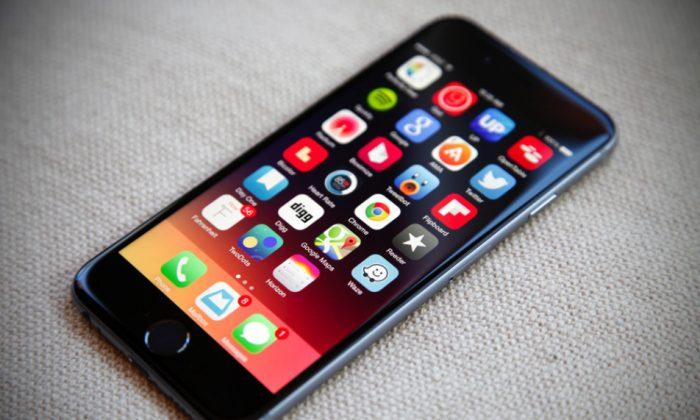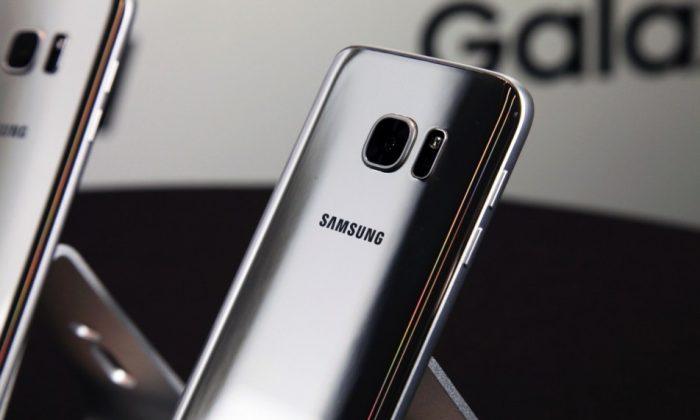In just a few weeks, three separate reports have stated that Apple is going to use OLED displays in its flagship product, but the move might not occur as soon as you'd hope. A well-connected Apple insider who has provided accurate information about Apple’s products in the past, including the most recent iPhones, said a few weeks ago that while the iPhone 7 will still have an LCD screen, Apple might finally switch to OLED in 2018.
Then a report from The Korea Times said on Wednesday that Samsung is vying to win Apple’s business for iPhone screens. But Samsung’s Display division wants to sell OLED screens for iPhones starting in 2018, with Apple seen as the only smartphone maker that could meaningfully drive up sales and convince other companies to adopt OLED screens in the future.
On Thursday, a third report reiterated that notion. Beginning in 2018, Apple will supposedly use OLED screens in the iPhone, with LG and Samsung seen as the company’s main display suppliers.
DON'T MISS: Best Apple Black Friday deals: Cheap iPhone 6s, iPad Air and Macs available from major retailers
According to Nikkei Asia, screen vendors are “racing to fine-tune the technology and invest in capacity expansion.”
Some of the advantages OLED displays have over LCD are sharper images, brighter colors and better energy efficiency. However, LCDs are cheaper to mass-produce than OLEDs but brightness, energy-saving and other “functions” degrade over time, Nikkei says, which is why Apple has begun consulting with suppliers. The companies will apparently work to see if they can eliminate drawbacks and create a stable supply line for Apple. The Korea Times also said that Samsung is willing to drive down costs to win Apple’s business.
LG is apparently eying capacity upgrades in light of Apple’s potential decision to move to OLED, but the company might not be able to make enough panels for Apple’s needs. LG’s investing several hundred billion yen in a new large-scale line for OLED panel production at its main plant in Paju, and the company already announced it will spend some $927 million on a smaller-scale line at the factory in Gumi.
The report goes on to say that Samsung is the only company that can reliably mass-produce enough OLED smartphone screens. The company already equips its Galaxy smartphones with OLED displays. It also notes that Apple might use OLED and LCD tech for iPhones starting with 2018, something The Korea Times and Ming-Chi Kuo also independently said. The Times said that the “budget” iPhone – a device Apple has yet to unveil – will make use of LCD screens produced at Foxconn’s dedicated LCD plans that will start producing panels in 2018.
Apple should launch the iPhone 8 in 2018, assuming the company keeps its current iPhone naming scheme in place — iPhone 7 and iPhone 7s should follow this year’s model in 2016 and 2017, respectively.
Nikkei adds that Apple’s shift towards OLED screen technology for the iPhone will hurt Japanese companies, including Japan Display and Sharp.
Apple’s apparent decision to use OLED screens in the iPhone isn’t necessarily surprising, considering the company put an OLED display in the Apple Watch. When promoting the wearable device in a series of interviews earlier this year, Apple design guru Jony Ive compared the OLED screen on the Watch with the iPhone 6’s LCD, which already felt “old” – the iPhone 6 was only a few months old at the time.
This article was originally published on BGR. Read the original article.




